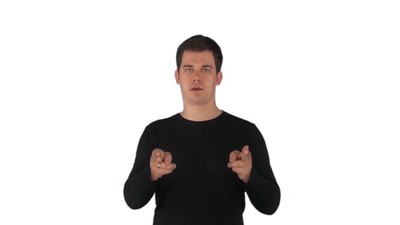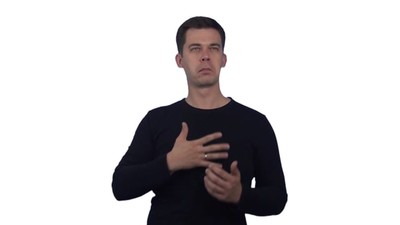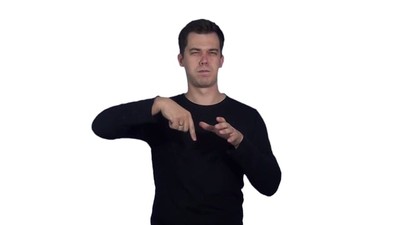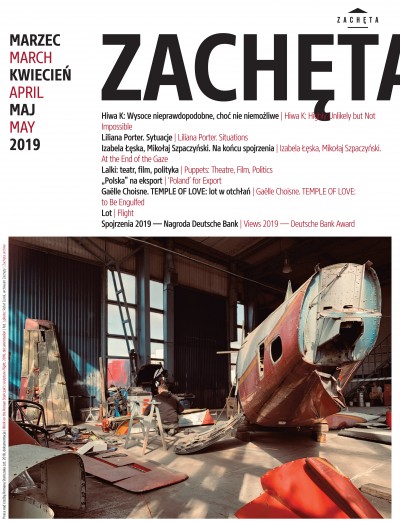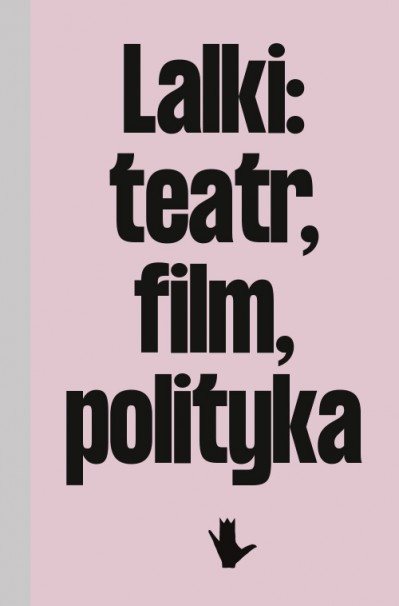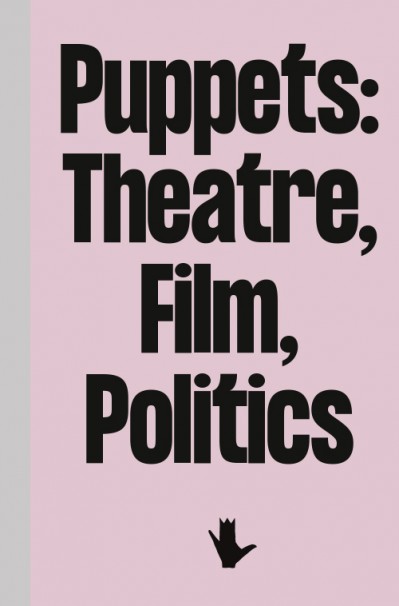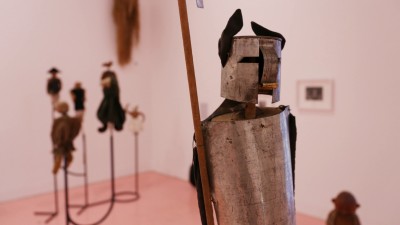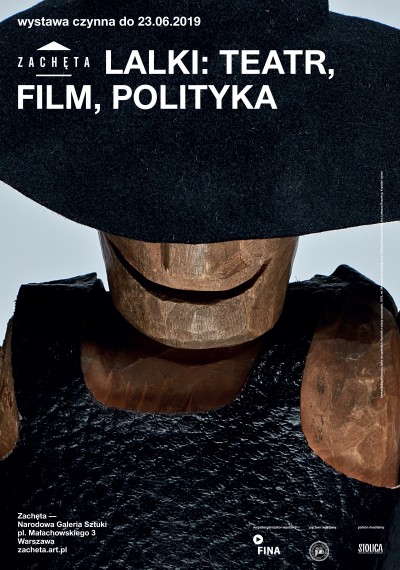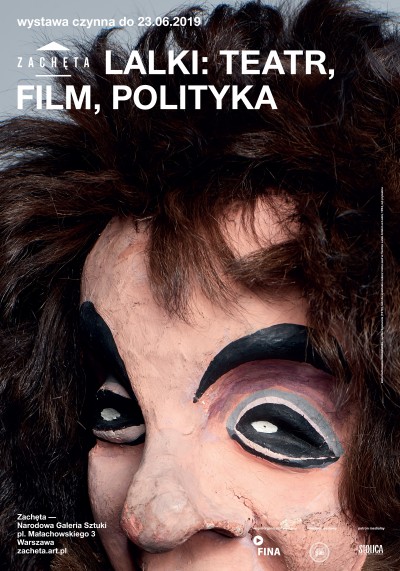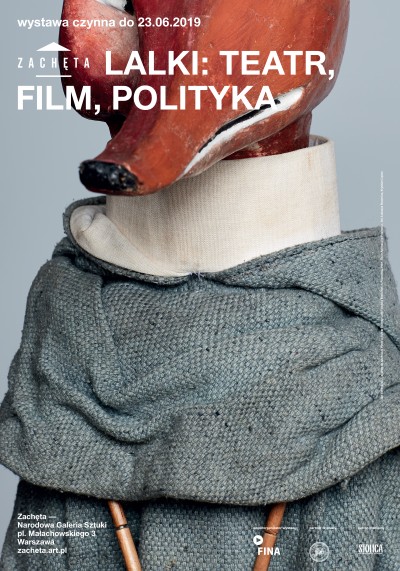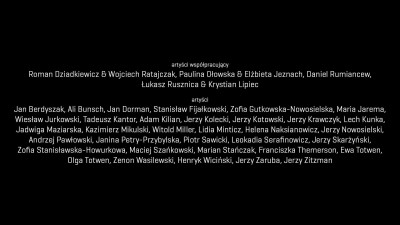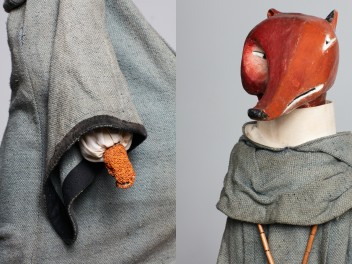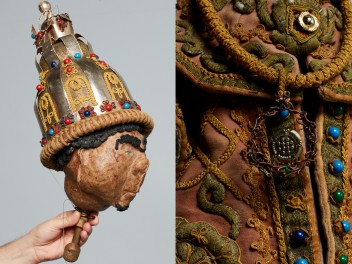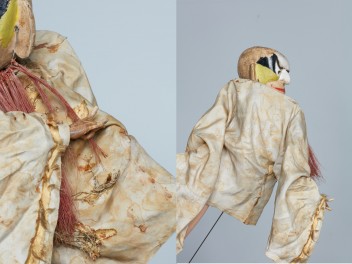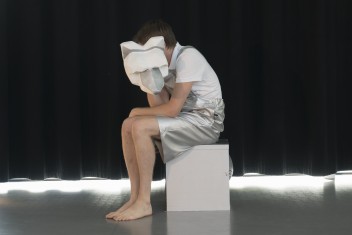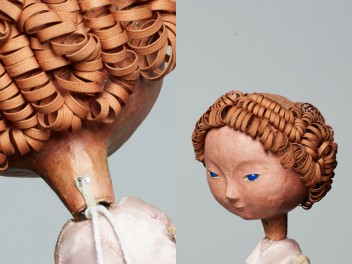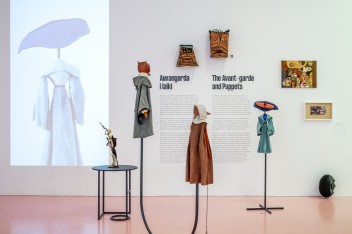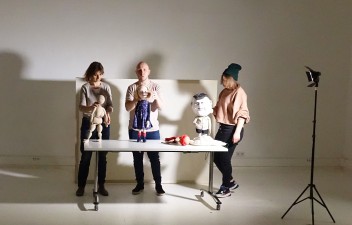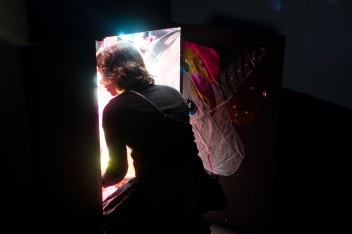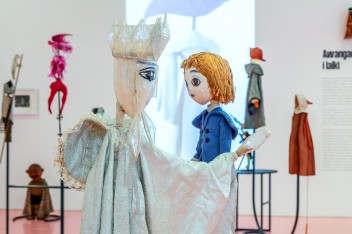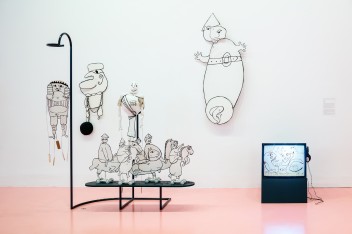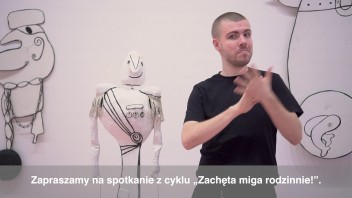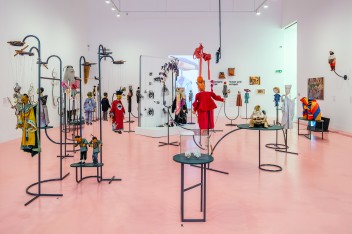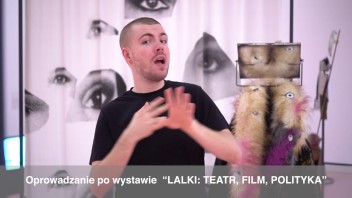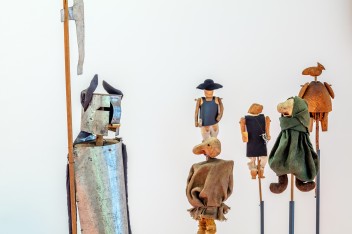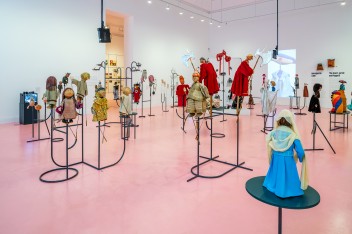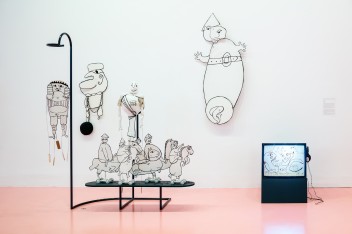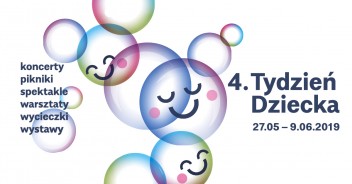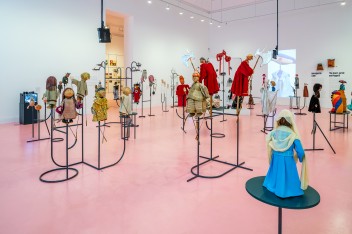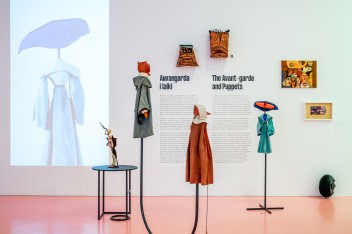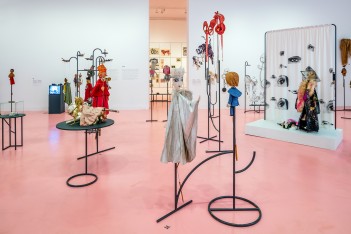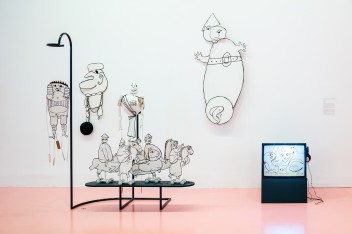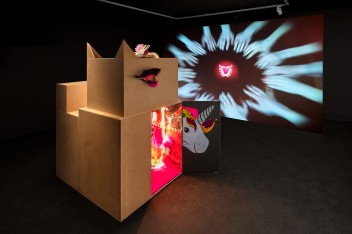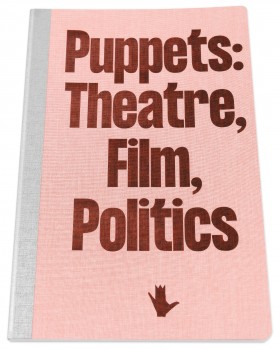Puppets: Theater, Film, Politics
19.03 – 30.06.2019 Puppets: Theater, Film, Politics
Zachęta – National Gallery of Art
curator: Joanna Kordjak
academic collaboration: Kamil Kopania
collaboration: Julia Leopold
artists: Jan Berdyszak, Ali Bunsch, Jan Dorman, Stanisław Fijałkowski, Zofia Gutkowska-Nowosielska, Maria Jarema, Wiesław Jurkowski, Tadeusz Kantor, Adam Kilian, Jerzy Kolecki, Jerzy Kotowski, Jerzy Krawczyk, Lech Kunka, Jadwiga Maziarska, Kazimierz Mikulski, Witold Miller, Lidia Minticz, Jerzy Nowosielski, Andrzej Pawłowski, Janina Petry-Przybylska, Piotr Sawicki, Leokadia Serafinowicz, Jerzy Skarżyński, Zofia Stanisławska-Howurkowa, Maciej Szańkowski, Marian Stańczak, Franciszka Themerson, Ewa Totwen, Zenon Wasilewski, Henryk Wiciński, Jerzy Zaruba, Jerzy Zitzman
collaborating artists: Roman Dziadkiewicz and Wojciech Ratajczak, Paulina Ołowska and Elżbieta Jeznach, Daniel Rumiancew, Łukasz Rusznica and Krystian Lipiec
exhibition design: Maciej Siuda Pracownia (Billy Morgan, Patrycja Dyląg, Jan Szeliga, Maciej Siuda)
visual identity: Jakub de Barbaro
organisers: National Film Archive – Audiovisual Institute, Zachęta – National Gallery of Art
partners: The Aleksander Zelwerowicz National Academy of Dramatic Art in Warsaw, The Department of Puppet – Theatre Arts in BIałystok
Innocent and ominous, suspended between the animate and the inanimate, mobile and immobile, human and inhuman, the theatrical puppet continues to fascinate. Contrary to what common sense might dictate, a closer encounter with it makes us feel anxious, as we realise that human superiority over the material world is not so certain after all.
The puppet’s vast potential as a vehicle of artistic expression was discovered by Avant-Garde artists at the beginning of the twentieth century. Long regarded as an inferior genre, akin to street theatre or circus, puppet theatre made it possible to undo the sharp distinction between low- and high-brow culture, between children’s theatre, stereotyped as something marginal and not really serious, and ‘true’ art. On the one hand, puppet theatre opened up a new, attractive space for formal experimentation; on the other, it could be used to convey a socio-political message.
Taking these two crucial aspects into consideration, the exhibition situates puppet theatre within the field of art history and within the broader context of the artistic, social, and political changes taking place in Poland in the 1950s and 1960s. During that time, creative exchanges between art and puppet theatre intensified and the latter embarked on a path of self-discovery, its artists no longer trying to imitate ‘live theatre’ but instead revealing the backstage of their craft to demonstrate the until-then concealed creative process. The puppet-theatre shows staged in Poland after 1945 — whether oriented at young or adult audiences — were interdisciplinary endeavours involving outstanding painters, sculptors, and composers, and combining experimental visuals and sounds with avant-garde pedagogical concepts.
Considering puppet theatre as a space of visual experimentation makes it possible to include in art history artists, such as Jerzy Kolecki or Leokadia Serafinowicz, who devoted their whole careers to the discipline. Remembering, in turn, little known puppet-theatre contributions from outstanding post-war Polish artists, such as Jan Berdyszak, Jadwiga Maziarska, Stanisław Fijałkowski, or Andrzej Pawłowski, casts a different light on selected aspects of or even redefines their lifetime work. Experiments in the related field of stop-motion puppet film animation, a discipline that also saw rapid growth after the Second World War, are covered too.
The presentation of selected works, artists, and creative hubs has been woven around concepts such as anthropology of the body, pedagogy, or politics. The show’s authors broaden the reflection on the meanings and functions of puppets, asking about their political dimension. They exemplify diverse strategies of their use — from the exploitation of the propaganda repertoire to caricatural and derisive representations of ideological opponents – while highlighting their dangerous potential.
The exhibition is accompanied by a book edited by Joanna Kordjak and Kamil Kopania and by an educational programme: a series of workshops and lectures devoted both to the practical aspects of puppetry and to deeper theoretical reflection on the puppet as a cultural object. We will discuss the puppet’s autonomy, actor-puppet interactions, and the power relationships the puppet was entangled in as an object of political metaphor.
Leokadia Serafinowicz, puppet of Izaak Belwedoński in the play Łaźnia (Baths), 1967, Teatr Animacji (The Animation Theatre) in Poznań, photo by: Łukasz Rusznica, Krystian Lipiec
Puppets: Theater, Film, Politics
19.03 – 30.06.2019
Zachęta – National Gallery of Art
pl. Małachowskiego 3, 00-916 Warsaw
See on the map
Godziny otwarcia:
Tuesday – Sunday 12–8 p.m.
Thursday – free entry
ticket office is open until 7.30 p.m.

